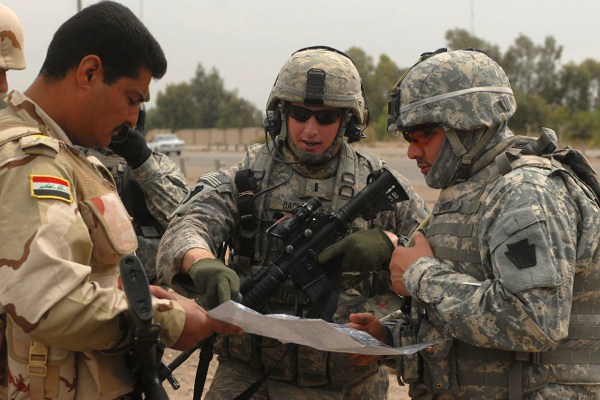Soon after the George W. Bush administration toppled Saddam Hussein, it became clear that Iraq was headed for a bitter conflict driven by Saddam's politicization of sectarian and ethnic divisions and the lingering pathologies of his parasitic dictatorship. Thus, for the U.S., getting out of Iraq required the rebuilding of an Iraqi army that could maintain internal security. The U.S. military embraced this challenge, lavishing money and effort to create a new Iraqi army designed for the sort of effectiveness and apolitical professionalism that characterizes America’s armed forces.
The raw material that U.S. military advisers and trainers had to work with was not optimal. Like many Arab militaries, the Iraqi army embodied national pride but was also a praetorian force designed more to protect the regime's hold on power than the people of the nation. Skilled and ruthless at crushing internal dissent, it crumbled when facing skilled opponents. When it collapsed, the officers normally ran first, abandoning their troops to the enemy.
When the American military left Iraq in 2011, everyone knew that the job of creating a new Iraqi army was unfinished. It had “pockets of proficiency” but was in the middle of a transition from an ossified force—in which mostly Sunni officers led reluctant, mostly Shiite troops—into a professional, nonsectarian, nationalistic force. As experienced Iraq hand John Nagl noted, this sort of change requires generations, but the U.S. did not have that sort of time.

